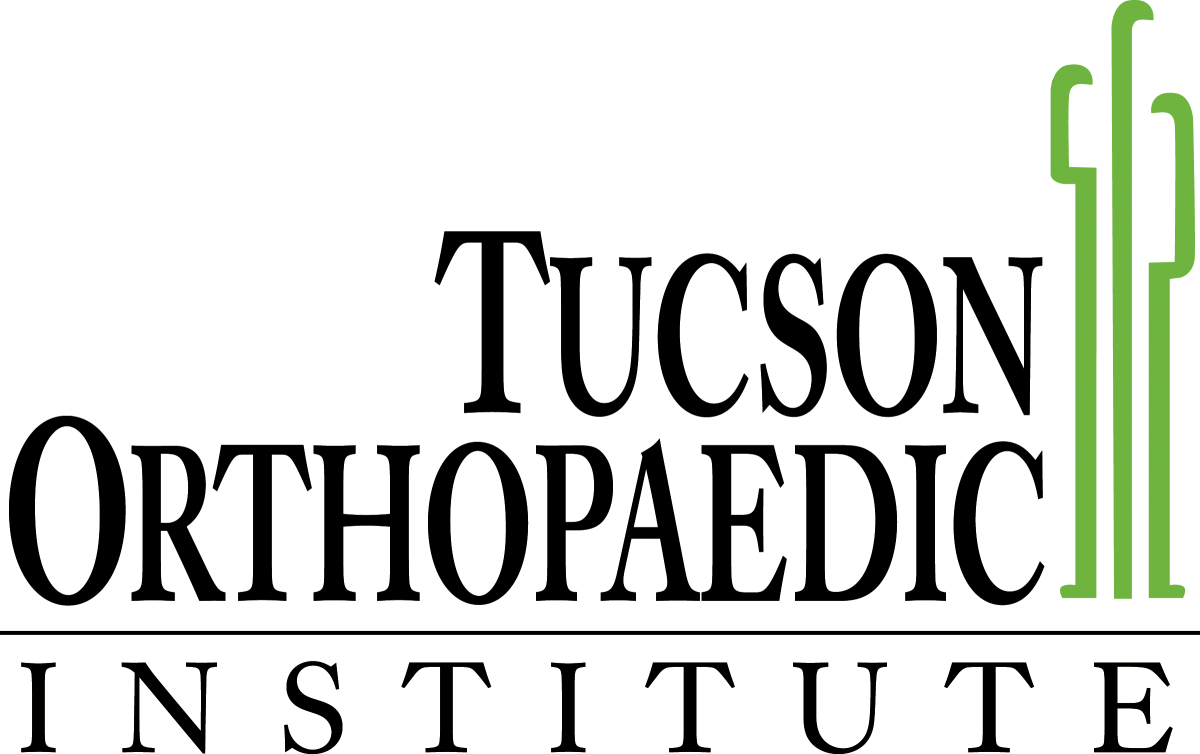What is a Neck Sprain?
Neck sprain happens when one or more of the neck muscles, tendons, or ligaments of the neck are injured. It occurs when the fibers in a neck muscle or tendon are stretched out too far and torn. It can occur without any obvious injury but at times, can be caused by a sudden impact with an object. An example of it is a whiplash injury, a type of neck injury that can occur when the head suddenly moves backward and then forward.
There are different possible causes of a neck sprain. One can suffer from neck sprain by sleeping on a pillow that’s too hard or too high, staring at the computer screen in an awkward position for a prolonged period of time, or from a vehicular accident.
Symptoms of Neck Sprain
The most common symptom of neck sprain is pain or discomfort in the neck especially with movement. The pain may also be accompanied by a headache, severe neck stiffness, restricted range of motion, dizziness, tinnitus, excessive fatigue, muscle spasms and pain in the upper shoulder, and in some cases, numbness or tingling sensation in the arm or hand.
Diagnosing Neck Sprain
Neck sprain can be easily diagnosed by a doctor by taking a detailed history regarding the nature of the injury. He/she will also do a comprehensive physical exam where he/she will measure the range of motion of the neck, check for points of tenderness, and assess the patient’s sitting posture and of the neck during this time.
Diagnostic tests such as X-rays, magnetic resonance imaging (MRI) scan, and computed tomography (CT) scan may be recommended to rule out other causes of pain and to rule out damage on the spinal cord.
How It Is Treated
Like other sprains, neck sprain will heal eventually, given the appropriate treatment and time. The use of soft collar may be recommended to help support the head and relieve the pressure on the ligaments. Cold compress, pain medications, and muscle relaxants also help in alleviating the symptoms of a neck sprain.
